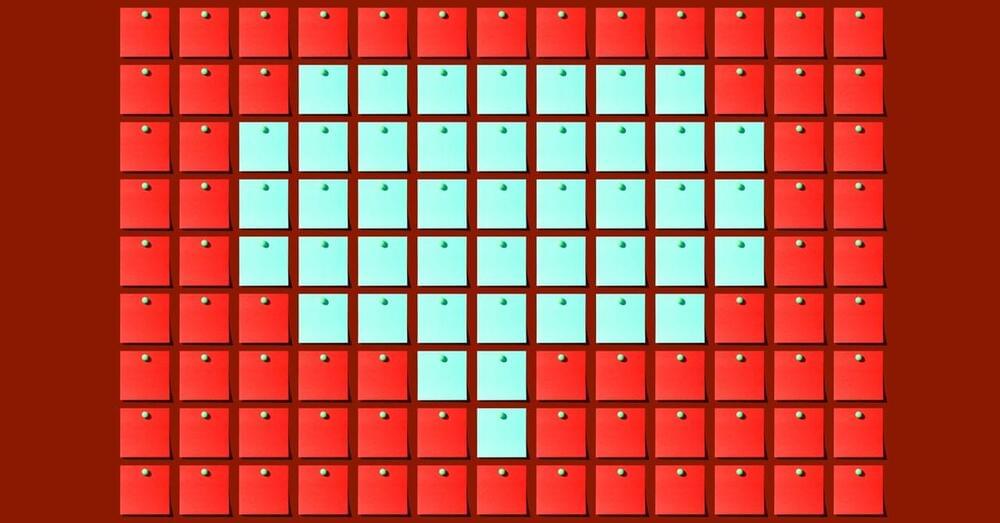Elon Musk reminded workers that defects on the Cybertruck “shows up like a sore thumb” and demanded tolerances in the “single digit microns.”




Parents who limit their kids’ screen time, it seems, may be doing them a service: a new study has found that babies who spend a lot of time looking at iPads and other screens experience developmental delays.
Published this week in the Journal of the American Medical Association of Pediatrics, this new research out of Japan suggests that watching screens may limit infants’ practicing of real-life motor skills that they glean from mimicking the people near them.
In a questionnaire, the parents of the more than 7,000 kids surveyed were asked a simple question: “On a typical day, how many hours do you allow your children to watch TV, DVDs, video games, internet games (including mobile phones and tablets), etc?”

Tesla Inc TSLA CEO Elon Musk on Wednesday spoke about his desk, or lack of it, at the company headquarters in Texas.
What Happened: Previously, Musk said, he would move his desk around the factory to wherever the biggest problem was. However, now, he doesn’t have a desk, the CEO said.
“These days, I don’t have a desk, but the room I use for meetings at HQ overlooks the Model Y end of line,” Musk wrote. He was responding to a fan on X.com who shared an old video of Musk showing his desk in the middle of the factory.
The junk-on-junk collision created even more space junk, not to mention a headache for the scientists working on the ESA’s clean up mission.

The Tesla Semi has been a groundbreaking innovation in the transportation industry. With a promised range of 500 miles on a full charge, it represents a significant step towards sustainable freight transportation. This range is not just a theoretical figure, it’s based on real-world testing with the truck fully loaded at 82,000 pounds gross combination weight. The 500-mile range has been a focal point of discussion, sparking interest and curiosity among both enthusiasts and skeptics.
While the Tesla Semi’s range has been applauded by many, it has also been met with skepticism and criticism. The debate centers around the truck’s practicality, particularly in winter conditions where electric vehicles are known to suffer range loss. Critics argue that the range might not be sufficient for long-haul trucking, especially in regions with harsh winters. They point to potential issues like battery efficiency loss in cold temperatures, raising questions about the Semi’s ability to replace traditional diesel trucks.
According to recent studies and real-world testing, the Tesla Semi can be a suitable replacement for approximately 87% of semi-truck loads, even considering winter range loss. This introduction sets the stage for a comprehensive exploration of the Tesla Semi’s 500-mile range, its performance in winter conditions, and its potential to revolutionize the freight transportation industry.


SpaceX, led by Elon Musk, has reportedly achievedability in the first quarter of 2023, marking a significant milestone for the privately owned rocket company. According to the Wall Street Journal (WSJ), SpaceX reported a of $55 million on $1.5 billion in revenue for the January-to-March period. This success comes after two years of narrowing losses, with the company managing to cut its 2022 losses to $559 million from the previous year’s $968 million while doubling its revenue to $4.6 billion.
The positive financial results reflect SpaceX’s growing revenue, driven in part by its Starlink internet satellite service and the development of its ambitious Starship rocket. The company’s surging revenue has enabled it to make progress towardability while pursuing its ambitious goals in space exploration and satellite communication.
The WSJ report also sheds light on SpaceX’s significant expenses, with the company recording total expenses of $5.2 billion in 2022, up from $3.3 billion in the previous year. Despite these costs, SpaceX’sability in the first quarter signals the potential for its ongoing success as it continues to innovate and expand its operations in the space industry.

Microsoft is the AI frontrunner, thanks to its early OpenAI partnership and years of shrewd management. Here’s how CEO Satya Nadella plans to keep his lead.